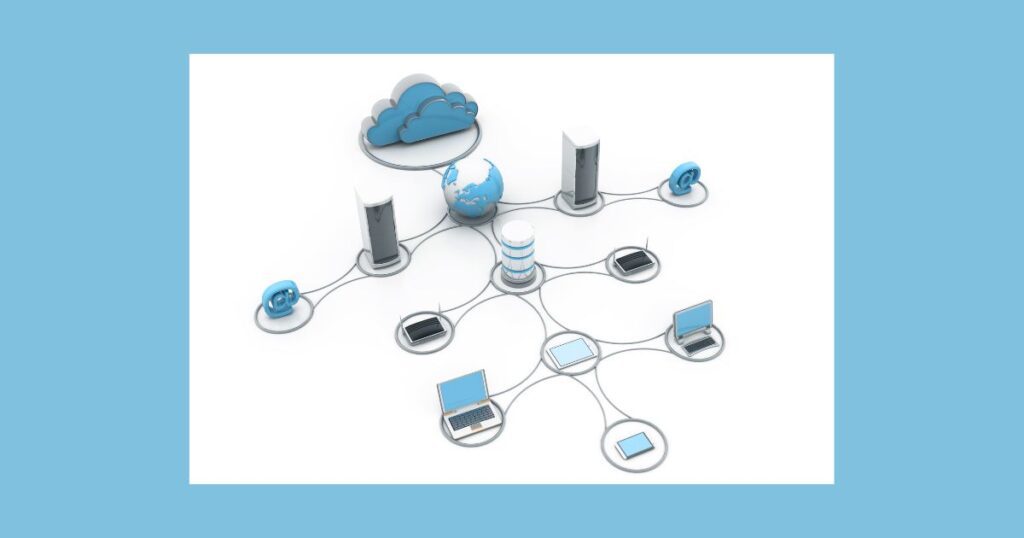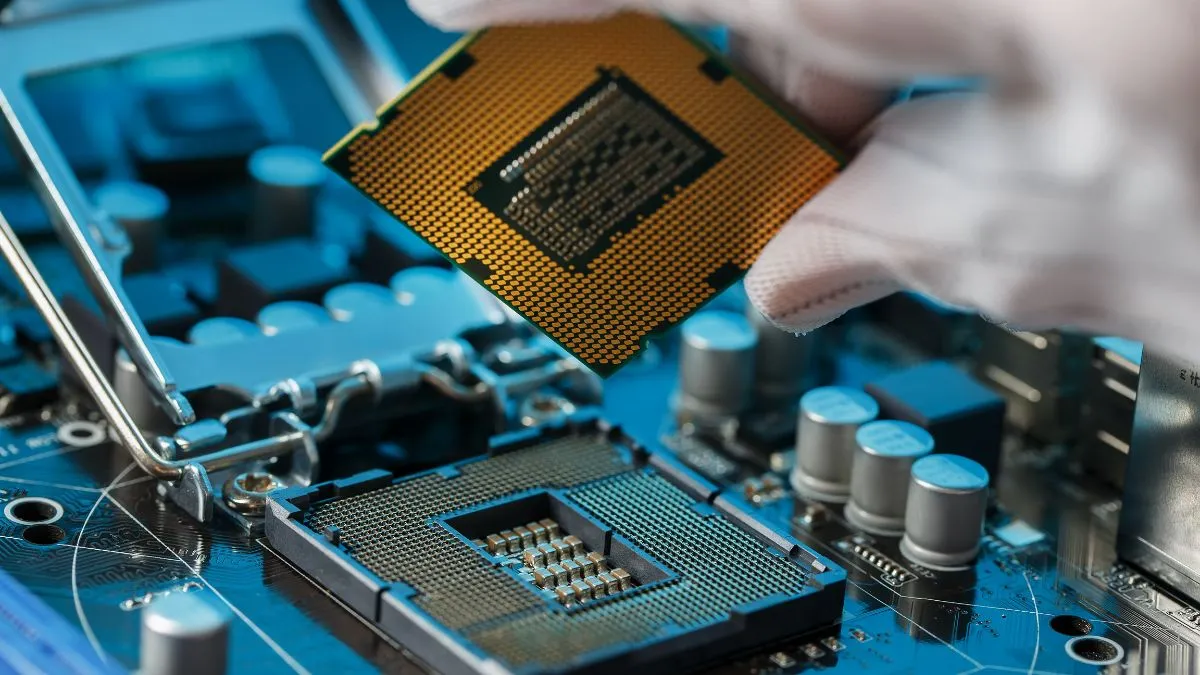Twisted pair cabling is the most common type of cabling used for connecting computing devices, and it has been used for decades in computer networking.
This type of cabling consists of two insulated copper wires twisted together to form a pair, and it is used for connecting devices within Local Area Networks (LANs), Wide Area Networks (WANs), and other data communication systems.

Introduction to Twisted Pair Cabling
Traditionally, twisted pair cabling was used for telephone systems because it is inexpensive, easy to install, and able to carry voice signals over long distances without too much interference.
However, with the increasing demand for high-speed data communication in computer networks, twisted pair cabling has become the preferred choice for connecting computing devices.
Related article: What method does the cpu use to divide its computing cycles between more than one process?
Types of Twisted Pair Cables
There are two main types of twisted pair cables: unshielded twisted pair (UTP) and shielded twisted pair (STP). The main difference between these two types lies in their construction, with STP having an additional shielding layer to protect it from electromagnetic interference (EMI).
1- Unshielded Twisted Pair (UTP)
UTP cables are the most common type of twisted pair cables used for connecting computing devices. They consist of four pairs of wires, each with a different color code for easy identification. The wires are twisted together in pairs to reduce signal interference and crosstalk.
UTP cables come in different categories, each with a specific bandwidth and transmission capacity. The most commonly used categories are Cat5e, Cat6, and Cat7.
- Cat5e: This is the standard twisted pair cable used for Ethernet networks, and it has a bandwidth of 100 MHz. It can support data transmission speeds of up to 1 Gbps, making it suitable for most home and small office networks.
- Cat6: With a bandwidth of 250 MHz, Cat6 cables can handle higher speeds of up to 10 Gbps. They are commonly used in larger networks that require higher bandwidth, such as corporate networks.
- Cat7: This is the latest category of UTP cables, with a bandwidth of 600 MHz and a maximum data transmission speed of 40 Gbps. It is still relatively new in the market, but it is gaining popularity due to its ability to support high-speed data transfer over longer distances.
2- Shielded Twisted Pair (STP)
STP cables, also known as screened twisted pair (ScTP), have an additional shielding layer made of metal foil or braided mesh to protect the wires from external interference. This makes them more resistant to EMI and allows for a higher bandwidth and longer transmission distances.
There are two main types of STP cables: Foiled Twisted Pair (FTP) and Shielded Foiled Twisted Pair (SFTP). FTP cables have an overall foil shielding, while SFTP has both individual pair shielding and an overall foil.
STP cables are usually used in environments with a high level of EMI, such as industrial settings or areas with heavy machinery. They are also commonly used for outdoor installations due to their added protection against weather and moisture.
Related post: How long are computing components designed to last in a normal business environment?
Advantages of Twisted Pair Cabling
There are several advantages of using twisted pair cabling for connecting computing devices, including:
- Affordability: Twisted pair cabling is relatively inexpensive compared to other types of cables, making it a cost-effective solution for network connectivity.
- Easy installation: The small size and flexibility of twisted pair cables make them easy to install and maneuver around tight spaces. This reduces the time and effort required for installation, especially in existing buildings.
- Flexibility: Twisted pair cables can be used for both short and long distance connections, making them suitable for different types of networks. They are also available in different categories to suit specific bandwidth and speed requirements.
- Resistance to interference: The twisting pattern of the wires in UTP cables helps reduce signal interference and crosstalk, ensuring a more reliable connection. Additionally, STP cables provide even better protection against external interference, making them suitable for use in challenging environments.
- Compatibility: Twisted pair cabling is widely used and supported by most networking devices, making it a reliable and versatile choice for network connectivity.
Conclusion
In conclusion, twisted pair cabling remains the most common type of cabling used for connecting computing devices due to its affordability, ease of installation, flexibility, and resistance to interference. It continues to evolve with new categories being introduced to meet the increasing demand for high-speed data transmission in modern computer networks.
So, it is essential to understand the different types of twisted pair cables available and their advantages in order to make an informed decision when setting up a network. As technology advances, we can expect to see further improvements in twisted pair cabling, making it a reliable and long-lasting solution for network connectivity.
So, it is important to stay updated on the latest developments in this field to ensure efficient and effective communication within our networks. Overall, twisted pair cabling remains an integral part of modern computing, and its importance cannot be underestimated.
FAQs
What modulation type is used for computer networks?
Most computer networks use Amplitude Modulation (AM) for data transmission. However, newer technologies such as Digital Subscriber Line (DSL) use more advanced modulation techniques like Quadrature Amplitude Modulation (QAM).
Are all twisted pair cables the same?
No, there are different types of twisted pair cables with varying characteristics and capabilities. The most common types are unshielded twisted pair (UTP) and shielded twisted pair (STP), each with its own subtypes.
Which is better for high-speed data transfer, UTP or STP?
STP cables have an overall better performance when it comes to high-speed data transfer due to their added shielding layer. However, both UTP and STP have their advantages and are suitable for different network environments.
Can I use twisted pair cabling for outdoor installations?
Yes, STP cables are commonly used for outdoor installations due to their added protection against weather and moisture. However, it is important to choose the right type of STP cable based on the specific environmental conditions.





